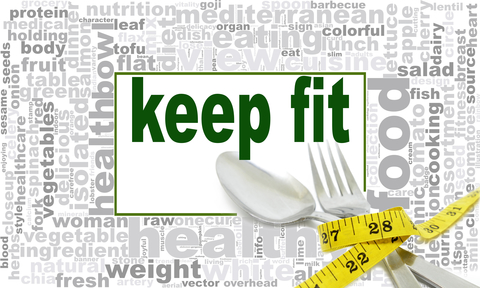Stability and Mobility

Are you part of the general population that experiences ongoing nagging pain? A disgruntled hip, weak shoulder, bad back, etc. may be an imbalance. Using exercises to improve the relationship between stability and mobility is one of the best ways to help plan for success in all kinds of activities and reduce that nagging pain. One way simple mobility exercises will help is they will enhance your overall awareness of any postural or strength imbalances you may have so that you can learn to recognize the warning signs of injury in hopes that you can at least prevent them from going any further.
Well chosen mobility exercises should be performed regularly to increase mobility in the areas that you need it and strengthen the areas that you don’t. The exercises need to be done on a continuous basis until they feel easy for you. We are designed to move, and to move efficiently, muscles and joints need to work together. When one part of the body moves, it influences motion at all other parts of the body.
The major joints alternate between being stable and mobile.
Ankles are mobile.
Knees are stable.
Hips are mobile.
Low back is stable.
Mid-back is mobile.
Low neck is stable.
High neck is mobile.
You may be suffering from low back pain because you are treating it as mobile instead of stable, which can change your posture and lead to imbalances and pain. Similarly, you may be lacking mobility in the hip and/or ankles which will change the angle of your knee possibly leading to joint damage of the knee. When one has knee pain, they usually think that the knee needs to be ‘fixed’, but restoring mobility in the hips and ankles are often an effective solution.
Restore mobility to the mobile joints.
Strengthen the stable joints.
Many people think stretching is the answer and end up over stretching weak muscles that should be strengthened. Stretching may feel good temporarily but you may be making the problem worse.Pay attention to the whole body (not only where the pain is), maintaining a good upright posture for reducing stress on the joints. Take notice of how you are standing and sitting throughout the day. Do you shift your weight the same way every time? And how much time are you spending in these positions?
Your body is wonderfully made and is capable of many things. So if you are experiencing recurring pain, weakness after injury, body imbalances or general immobility, it’s time to take action. No equipment is required! The movements are simple and can be progressed as needed. Injuries related to the loss of joint mobility are preventable.
Here are a few exercises to get started:
Plank/Side Plank
Bridge/Single Leg Bridge
Kneeling Thoracic Rotations/Deep Lunge Rotations
Assisted Split Squat/Unassisted
Any information provided related to exercise, fitness, diet and nutrition is intended for your personal use and educational purposes only. You should consult with a physician before beginning any exercise, fitness, diet or nutrition routine, especially if you are pregnant or have pre-existing health conditions. Nothing contained in this information should be considered as medical advice or diagnosis. The use of any information provided is solely at your own risk.